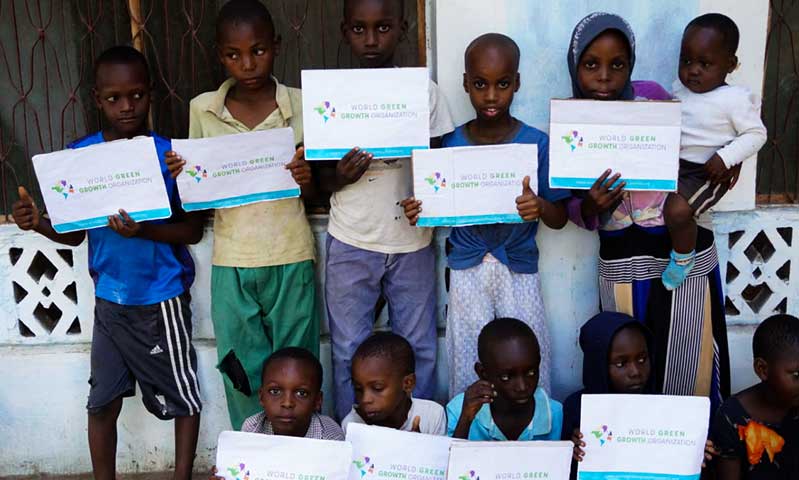Rapid Relief Fund for the Hungry
Human kind needs Food for the Hungry and needs to address chronic health problems through sanitation, preventative care.
The number of individual lives impacted annually through Food for the Hungry has grown from 1.4 million to 2 million worldwide.
Food for the Hungry is poised to reach a new level of disaster response readiness. The establishment of a $20 billions of dollars Rapid Relief Fund equips Food for the Hungry to:

Move away from sole reliance on post-disaster fundraising for immediate response.

Respond to up to three significant disasters simultaneously with $4 Million of dollars for each emergency.

Quick access to vital tools for life-saving and strategic communication, including satellite phones and GPS devices.
Benefits:
- Coordinate a service-learning trip for students at local food banks.
- Establish accessible gardens at a home, or a facility for people with disabilities, and teach gardening classes.
- Provide infant nutrition kits containing formula and cereal to teen parents.
- Publish a cookbook featuring easy, healthy, and affordable meals. Distribute the cookbooks to local nonprofit and community organizations serving low-income households.
- Provide summer food boxes or free meals for children facing food insecurity while school is out of session
- Provide computers to kids and schools.
- Deliver prepared meals to senior citizens.
- Assemble and distribute food baskets to families in need.
- Help cook and serve meals at local soup kitchens.
- Host a cooking class to teach high schoolers easy, healthy recipes.
- Launch a food pantry on college campuses to assist commuter students in need.
- Fill and distribute backpacks of ready-made food for students at risk of going hungry over the weekend.
- Help plant community gardens and donate the produce to a food relief organization.
- Assemble hunger-relief kits and distribute them to homeless individuals.
- Start a community kitchen in which unused food from Lodge events, grocery stores and restaurants are transformed into meals for people in need.
- Work with local nutritionists and dietitians to provide free nutrition and healthy food preparation classes for people with diabetes.
- Organize a weekly or monthly meal at a local shelter.
- Donate fresh produce to a local pantry.
- Organize a lock-in, an overnight event featuring a series of activities that address ways in which youth can help fight hunger in the community.
- To end hunger, achieve food security and improved nutrition, and promote sustainable agriculture.
- Impact on people’s life
- WGGO will assess food needs based on livelihood, socioeconomic status, and nutritional indicators based on vulnerable demographic groups identified as in NEED of food.





